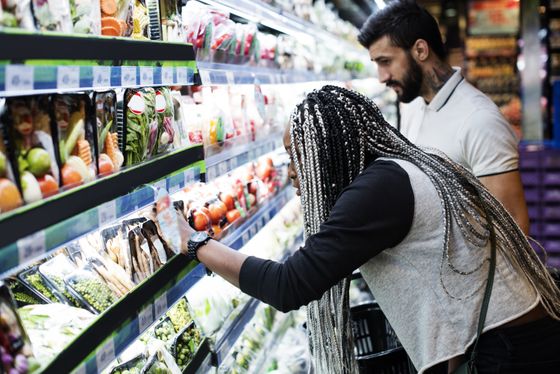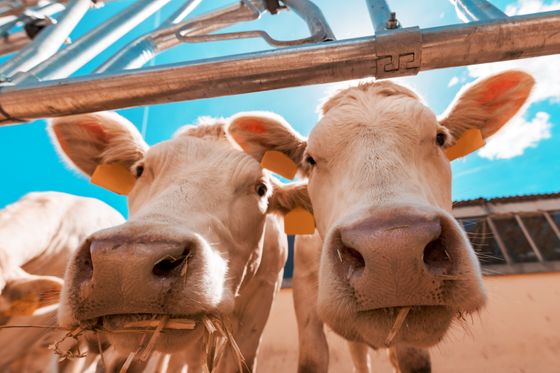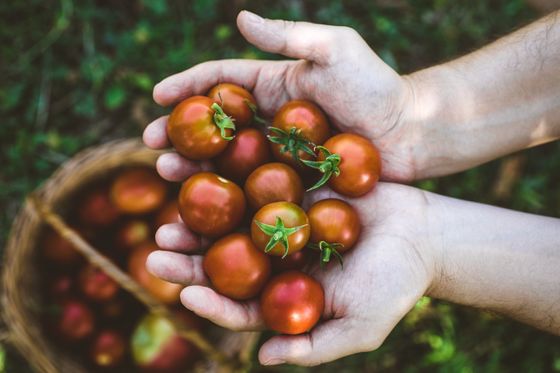21 liters of water is needed to make a small chocolate bar. What is the amount of water needed to make each food?

By
The research team of the Australian Commonwealth Scientific and Industrial Research Organization (CSIRO) calculates the total amount of water used in the process of producing and consuming goods and services using the concept of `` (PDF file) water footprint (water consumption) '' To explain the effects of food production on water shortages .
Nutrients | Free Full-Text | Diet Quality and Water Scarcity: Evidence from a Large Australian Population Health Survey
https://www.mdpi.com/2072-6643/11/8/1846
It takes 21 liters of water to produce a small chocolate bar.How water-wise is your diet?
https://theconversation.com/it-takes-21-litres-of-water-to-produce-a-small-chocolate-bar-how-water-wise-is-your-diet-123180
According to the research team, food production accounts for about 70% of global freshwater consumption. In Japan, the amount of water required for food production is important in areas where water is scarce.
The CSIRO research team examined the diet of 9341 adults in Australia and measured the 'Water-scarcity Footprint'. The corrected water consumption is the water consumption that has been adjusted to take into account the scarcity of water in the production area.

By
As a result of the survey, the corrected water consumption required to produce meals per day for the subjects was 362 liters on average. By food, almonds require 3448 liters per kilogram, dried apricots 3363 liters per kilogram, and breakfast cereals made of sweets require 1464 liters per kilogram.
When examining the adjusted water consumption required for the production of the subject's meal, 25% of it is used for the production of luxury items such as cakes, biscuits and alcohol, and 19% is used for the production of fruits and fruit juices. It was said. On the other hand, the corrected water consumption consumed by red meat was only 3.7% of the total. This result shows that meat is an excellent food from the viewpoint of water consumption.

By
On the other hand, the research team says, “It is difficult to understand the amount of water consumed to produce the food you eat.” In one example, the corrected water consumption required to produce a medium-sized apple is 3 liters, whereas the corrected water consumption required to produce 250 ml orange juice is over 100 liters. The This is because the adjusted water consumption required for the production of apples and oranges varies greatly, and multiple fruits are required to make juice. Therefore, it is difficult for consumers to understand “corrected water consumption for production of specific foods”.
In addition, the adjusted water consumption varies depending on the producer of the food. When the corrected water consumption of tomatoes shipped to Sydney was investigated, the corrected water consumption varied from 5 liters to 52.8 liters per kilogram depending on the producer. This change seems to be caused by differences in agricultural methods and differences in water resource deficiencies by region.

By mythja
The research team said, “Water consumption is important in food production and consumption, but it is only an environmental factor. It is not recommended to change“ what you eat ”considering only water consumption. I hope this research will help in the discussion of sustainability in food production and consumption. '
Related Posts:
in Food, Posted by darkhorse_log







